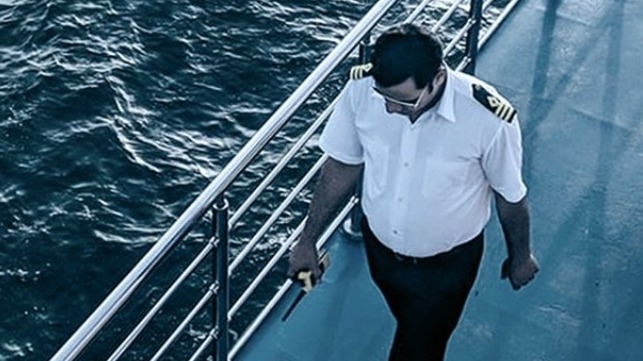Drewry: Industry Will Face Increasing Shortage of Officers by 2026

The global shipping industry will be facing an increasing shortage of officers to man their ships in the coming years due in part to the pandemic and its impact on the attractiveness of careers at sea. Global shipping consultancy Drewry forecasts as the industry continues to grow, by 2026 shipping will face its largest shortage of officers in more than a decade. The report foresees important implications for both hiring and future manning costs.
“With the ongoing negative effects of life at sea brought about by the Covid-19 pandemic, some seafarers may bring retirement plans forward, while others may look for work ashore,” said Drewry’s head of manning research Rhett Harris. “It has been the case for a number of years that quality officers have been difficult to recruit and retain. This situation is expected to get worse as the growth in supply fails to keep pace with an expanding world fleet.”
Drewry in its analysis predicts that the supply-demand gap will widen over the next five years. By 2026, they predict a deficit equating to over five percent of the global officer pool and the highest level since 2013. The forecast represents nearly a doubling from the current shortfall in officers. Currently, Drewry measures the officer supply shortfall at around three percent of the global pool, which Harris says is broadly manageable and is not noticeably impacting hiring.
One of the factors that may be helping to reduce the problem in the near term has been the idling of ships in certain sectors of the industry in part due to the pandemic. However, as the industry has rebounded reactivating ships and with the strong orderbook for segments such as container shipping, they forecast the shortage will become more apparent in the coming years.
The principal reason Drewry cites for the slowdown in officers relates to the diminishing attractiveness of a career at sea. In the five years to 2016, the report says the supply of seafarers available to crew the global merchant fleet was growing at an average annual rate of 2.7 percent. However, over the last five years, Drewry estimates the growth rate has shrunk to just 0.5 percent annually/

that matters most
Get the latest maritime news delivered to your inbox daily.
“While ratings supply has slowed, availability is relatively elastic and wage levels will remain driven by collective bargaining arrangements,” explained Harris. “By contrast, officer remuneration is more market driven. The widening shortage of officers is expected to affect the quality more than the quantity available for service. Drewry, therefore, expects employers currently paying low wages will be more affected by fallout from the COVID-19 pandemic, as disgruntled seafarers are enticed to better-paying owners or different roles ashore.”
Aggregate manning costs, excluding the impact of Covid-19, are expected to rise moderately in 2021, according to Drewry. They estimate increases of under half a percent over the year, a similar pace to last year. Looking further ahead, tightening labor market conditions and better affordability will drive up crewing costs, but increases will remain below the prevailing rate of consumer price inflation.
